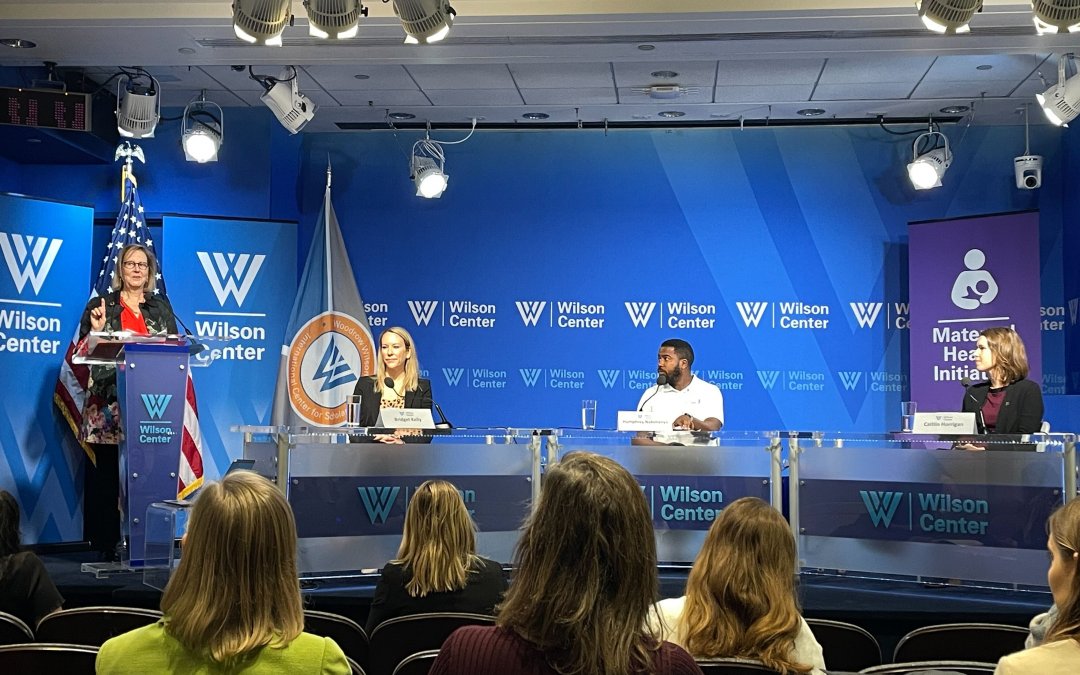WASHINGTON — Sexual health experts say achieving global gender equality and empowerment — a broadly bipartisan goal — is not possible without increased political and financial support for reproductive rights.
At the current rate of progress, and with a deepening political divide in the abortion rights debate, the United Nations says it will take 286 years for the world to achieve gender equality.
“Policymakers must shift their mindsets from seeing sexual and reproductive health and rights (SRHR) as a siloed and contentious public health issue, and instead shape their understanding of SRHR as a prerequisite for bipartisan policy goals related to gender equality and empowerment,” experts wrote in a report released earlier this year by the Population Institute.
Sarah Craven, director of the Washington office of the United Nations Population Fund, an agency aimed at improving reproductive and maternal health worldwide, said the concept is “simple”: reproductive care and gender equality are inextricably linked.
When women have the ability to choose the timing, spacing and number of their births, they feel more empowered to choose where and when to work, according to the report. When women have the freedom to decide when to get married and when to have an abortion, they will not have to leave schooling early to take care of a family, and are thus more likely to receive a comprehensive education.
“We honestly have a pretty good handle on what needs to be done to advance these issues, but artificial roadblocks put in place for narrow political rather than broadly helpful policy reasons, all too often set us back, rather than propelling us forward,” Craven said at a panel hosted by the Maternal Health Initiative on Wednesday.
In a post-Roe world, 21 states ban abortion or restrict the procedure early in pregnancy. Many Republican lawmakers are pushing to make abortion illegal at the federal level. Craven said it is roadblocks like these that are holding the U.S. back.
She said another barrier to advancing these issues is a lack of funding.
For over a decade, the U.S. has hovered at about $600 million invested in the SRHR space, a combination of U.S. investment in bilateral family planning programs and U.S. contribution to the United Nations Population Fund.
The Population Institute report suggests $1.7 billion should be invested into the space annually.
“With [$1.7 billion annually], 70 million more people would have access to reproductive health care,” said Caitlin Horrigan, Planned Parenthood’s senior director of global advocacy. “How many girls would be able to stay in school? How many women would be able to pursue the jobs and careers that they wanted? How many people would be able to avoid an unintended pregnancy and build the family that they want, when they want it? It would be truly transformative.”
Horrigan noted that the House and Senate are radically split on the issue of reproductive health care, with the Republican-controlled House proposing a 25% cut to funding for the United Nations Population Fund, and the Senate, led by Democrats, calling for a $27.5 million increase to this funding.
She said this $27.5 million increase would be helpful, but remains “well short” of the funding that is needed.
Horrigan and her fellow panelists called on lawmakers to invest in this work now, both as the world population continues to grow and as the country becomes more polarized.
In order to do so, they said, lawmakers must be reminded that the only path towards bipartisan gender equality is through increasing access to sexual and reproductive health services.
“We need to gain more champions in this work,” said Bridget Kelly, a co-author of the Population Institute report. “That means creating those dialogues with people who are working in girls’ education, working in economic empowerment and on issues regarding sustainable development goals. [It means] bringing SRHR to the forefront and centering it.”


